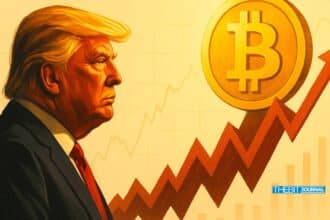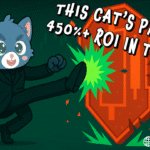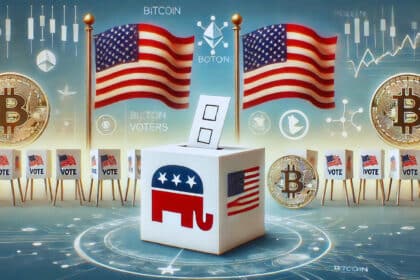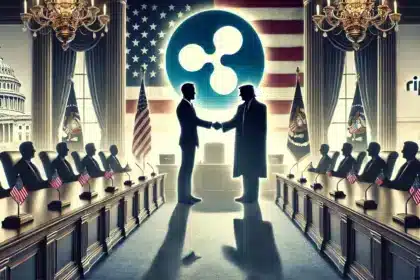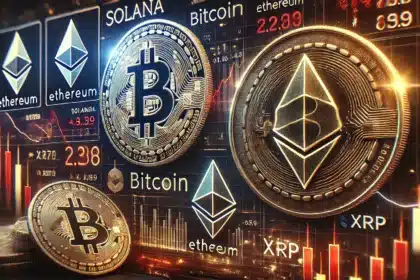To bridge traditional finance with the burgeoning world of digital assets, Mastercard is developing the Multi-Token Network (MTN), a blockchain-based platform designed to facilitate seamless cryptocurrency transactions for consumers, merchants, and financial institutions. This initiative aims to replicate the efficiency and ubiquity of traditional payment systems within the digital asset space, offering a compliant and user-friendly experience akin to popular peer-to-peer payment applications.
Mastercard’s Vision: Integrating Digital Assets into Everyday Transactions
Mastercard’s foray into the digital asset landscape is not a recent development. Since 2015, the company has filed over 250 patents related to blockchain and digital assets and has supported 43 blockchain startups through its accelerator program. This long-term commitment underscores Mastercard’s dedication to staying at the forefront of payment innovation.
Raj Dhamodharan, Mastercard’s Executive Vice President of Blockchain and Digital Assets, articulated the company’s vision:
“We bring the scale and reach that we have to the space for the money to flow between the two worlds in a simple way.”

This statement highlights Mastercard’s ambition to create a seamless bridge between traditional financial systems and decentralized finance (DeFi), enabling effortless movement between fiat currencies and cryptocurrencies.
The Multi-Token Network: A Foundation for Digital Asset Transactions
Launched in 2023, the Multi-Token Network (MTN) is the backbone of Mastercard’s digital asset strategy. Built on private blockchain technology, MTN aims to provide a secure and scalable infrastructure for digital asset payments. It is designed to integrate the flexibility of cryptocurrencies with the regulatory frameworks of traditional finance, facilitating efficient and compliant digital asset transactions.
The MTN enables financial institutions to tokenize customer deposits and manage their entire lifecycle, including minting, burning, and transferring tokens. Application providers benefit from secure tokenized deposit transactions and faster payments without the need for complex blockchain integration. The network’s programmability also simplifies complex payment orchestration, enabling new business models and seamless digital asset commerce.
Strategic Partnerships: Enhancing MTN’s Capabilities
To bolster the functionality and adoption of the MTN, Mastercard has established strategic collaborations with prominent financial institutions:
JPMorgan: Partnering to improve cross-border settlement processes, leveraging blockchain technology to enhance transaction speed and efficiency.
Standard Chartered: Collaborating on initiatives such as tokenizing deposits and carbon credits, aiming to streamline and secure these financial instruments.
Ondo Finance: In February 2025, Ondo Finance became the first provider to bring real-world assets to the MTN, offering tokenized versions of money market funds and U.S. Treasuries.
These partnerships are instrumental in expanding the MTN’s use cases, from cross-border payments to asset tokenization, thereby enhancing its value proposition.
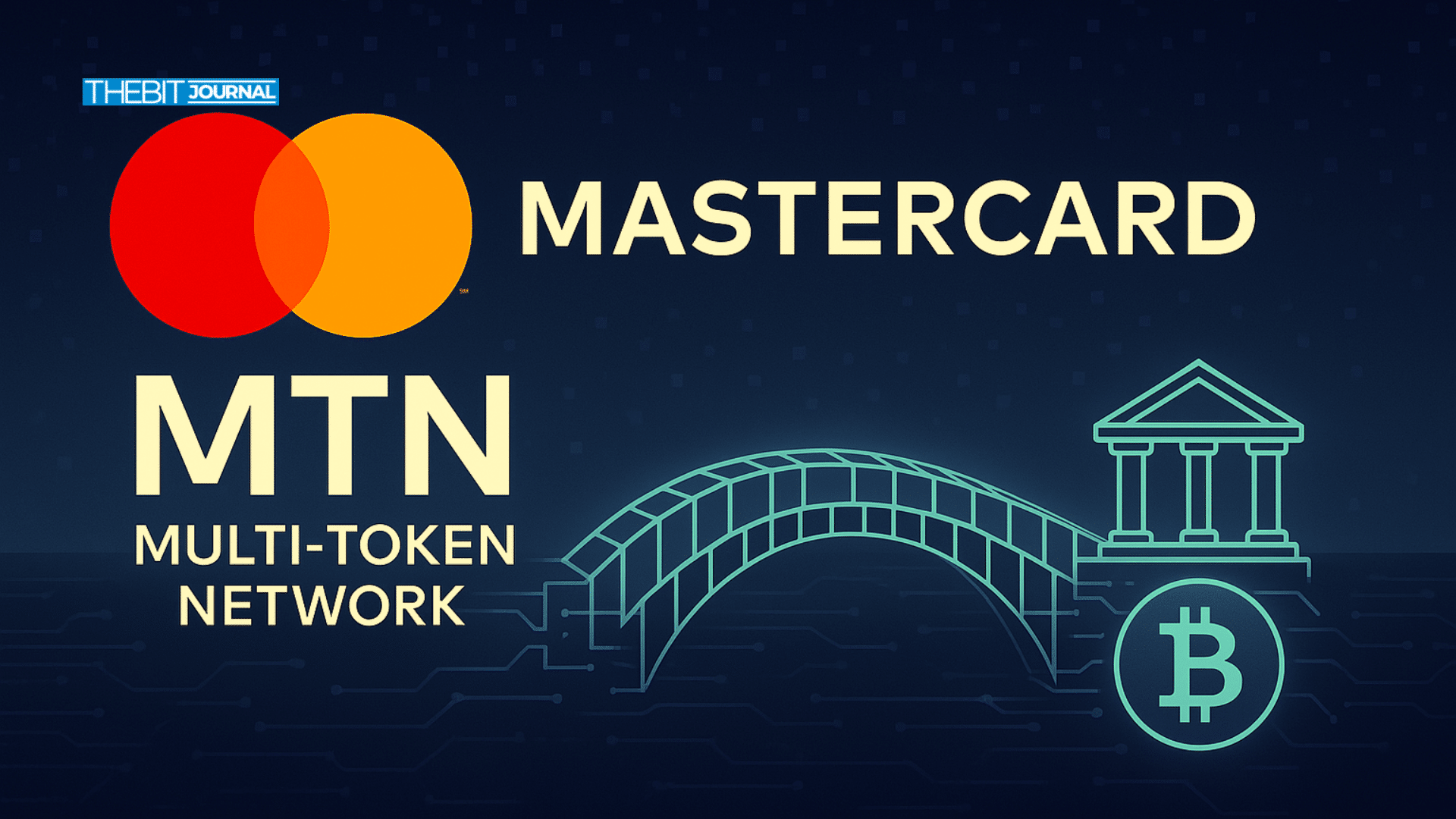
Empowering Consumers with Crypto-Focused Card Programs
Mastercard has launched over 100 crypto-focused card programs globally, enabling its 3.5 billion cardholders to seamlessly move between fiat and cryptocurrencies. These programs include credit, prepaid, and rewards cards that offer crypto as an alternative to traditional rewards.
Dhamodharan highlighted the importance of consumer participation:
“This flow of capital and spending power from the consumer side is essential to the success of this entire sector.”
Mastercard aims to enhance the utility and acceptance of digital assets in mainstream commerce by integrating cryptocurrencies into everyday transactions.
Addressing Regulatory Challenges and Ensuring Compliance
Navigating the complex regulatory landscape is a critical component of Mastercard’s strategy. The company aims to provide a fully compliant framework for digital asset transactions, ensuring that innovations align with regulatory standards to foster trust among users and regulators alike. This approach seeks to balance innovation with adherence to regulatory standards, fostering trust among users and regulators alike.
Conclusion
Mastercard’s development of the Multi-Token Network represents a significant advancement in integrating digital assets with traditional financial systems. Through strategic partnerships, consumer-focused initiatives, and a commitment to compliance and innovation, Mastercard is poised to play a pivotal role in the future of digital payments. By bridging the gap between fiat and cryptocurrencies, Mastercard is not only enhancing the utility of digital assets but also paving the way for their broader acceptance in mainstream finance.
Frequently Asked Questions (FAQs)
1. What is Mastercard’s Multi-Token Network (MTN)?
The MTN is a secure, scalable platform built on private blockchain technology, designed to integrate cryptocurrencies with traditional financial systems for efficient and compliant digital asset transactions.
2. How is Mastercard collaborating with other financial institutions on blockchain initiatives?
Mastercard has partnered with institutions like JPMorgan and Standard Chartered to enhance cross-border payments and develop use cases such as tokenizing deposits and carbon credits.
3. What crypto-focused card programs has Mastercard introduced?
Mastercard has launched over 100 crypto-focused card programs globally … including credit, prepaid, and rewards cards that enable users to transact seamlessly between fiat and cryptocurrencies.
4. How is Mastercard addressing regulatory challenges in the crypto space?
Mastercard is building the MTN with regulatory compliance at its core. The platform is designed to work within existing legal frameworks, ensuring that tokenized transactions are secure, verifiable, and auditable. By aligning with global standards such as the Financial Action Task Force (FATF) guidelines and working with licensed financial institutions, Mastercard aims to ensure trust, security, and scalability.
Glossary of Key Terms
Blockchain
A decentralized and immutable ledger that records digital transactions across multiple nodes in a network. It ensures transparency, traceability, and tamper resistance.
Multi-Token Network (MTN)
Mastercard’s proprietary blockchain-based infrastructure was developed to support secure, scalable, and compliant digital asset payments, integrating traditional finance and decentralized assets.
Tokenization
The process of converting a real-world or digital asset into a blockchain-based token that can be transferred, traded, or used in smart contracts.
Fiat Currency
Government-issued legal tender (such as USD or EUR) not backed by a physical commodity. It holds value by government decree and is widely used for payments.
Digital Assets
A broad category that includes cryptocurrencies, tokenized real-world assets, stablecoins, and non-fungible tokens (NFTs), all represented on a blockchain.
Stablecoin
A type of cryptocurrency designed to maintain a stable value, often pegged to a fiat currency like the US dollar. Examples include USDC and USDT.
DeFi (Decentralized Finance)
An ecosystem of blockchain-based financial applications that operate without centralized intermediaries like banks. It enables lending, borrowing, trading, and more.
Cross-Border Payments
International transactions involve the movement of funds across countries. In traditional finance, these are often slow and expensive, but blockchain offers faster and cheaper alternatives.
Smart Contracts
Self-executing programs stored on the blockchain that automatically enforce the terms of a contract once predefined conditions are met.
Composability
In blockchain, composability refers to the ability of decentralized applications and smart contracts to interact and integrate seamlessly, much like modular components.
Asset Tokenization
The representation of real-world assets (like stocks, bonds, or property) as digital tokens on a blockchain, enabling fractional ownership, faster settlement, and global accessibility.


